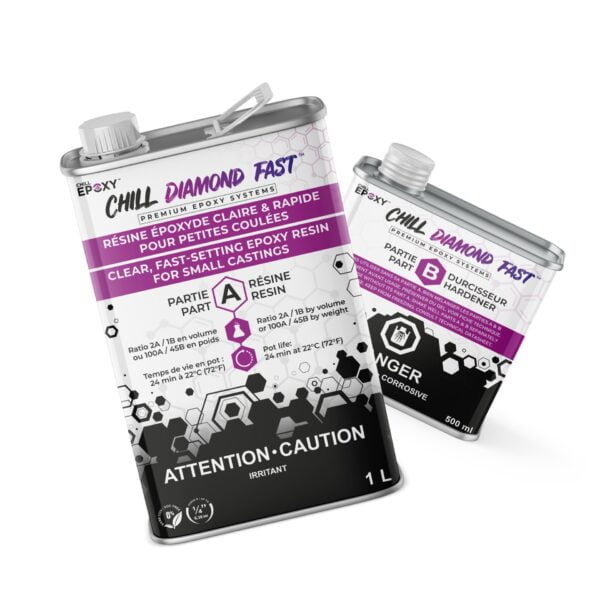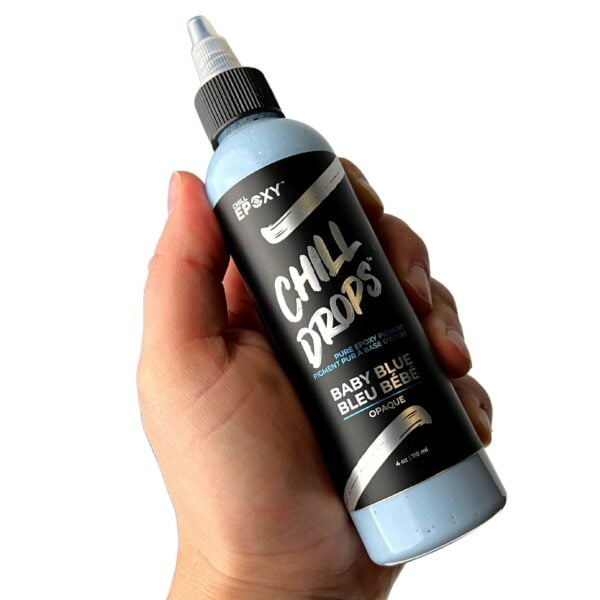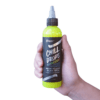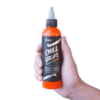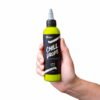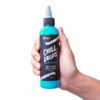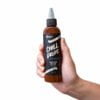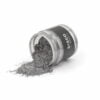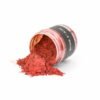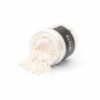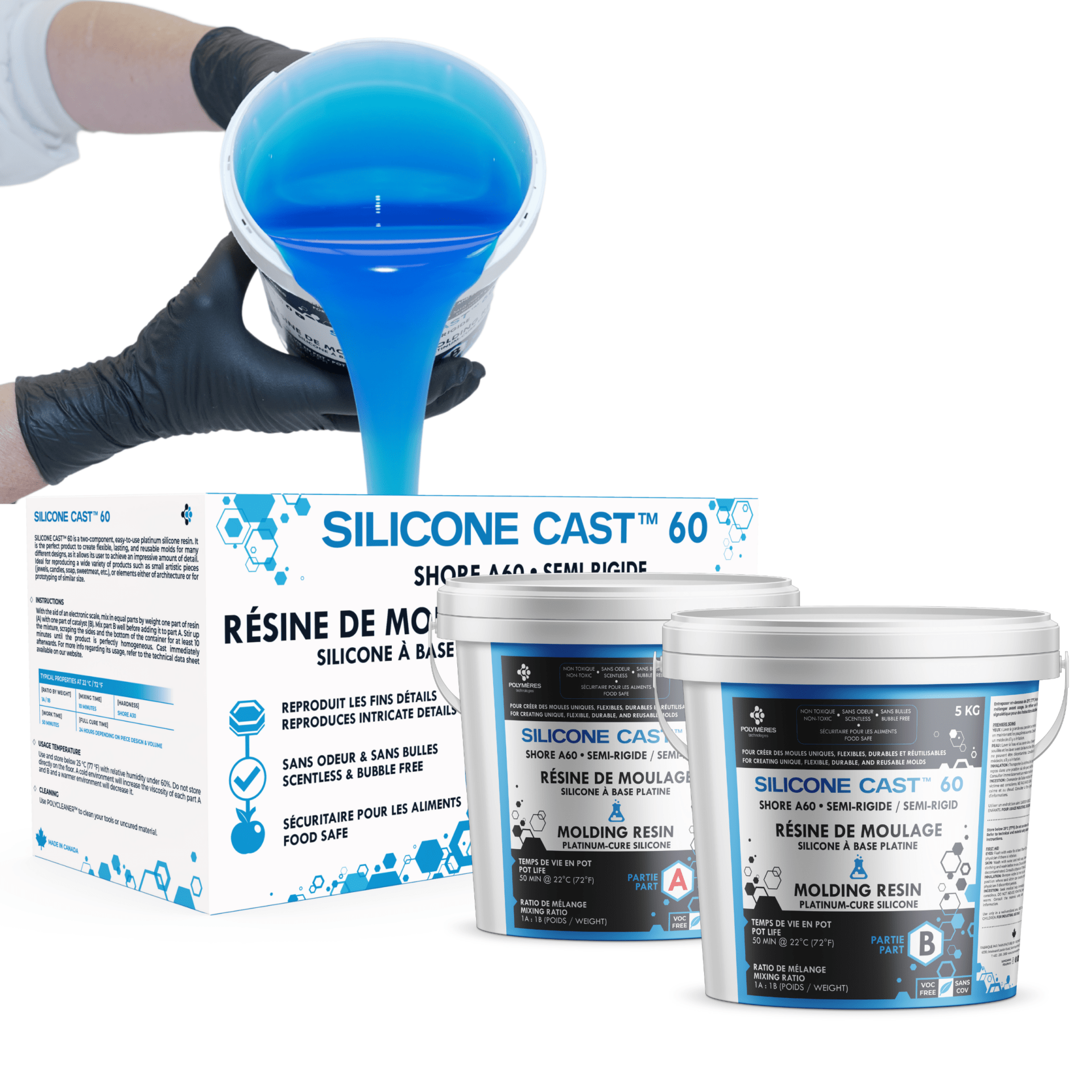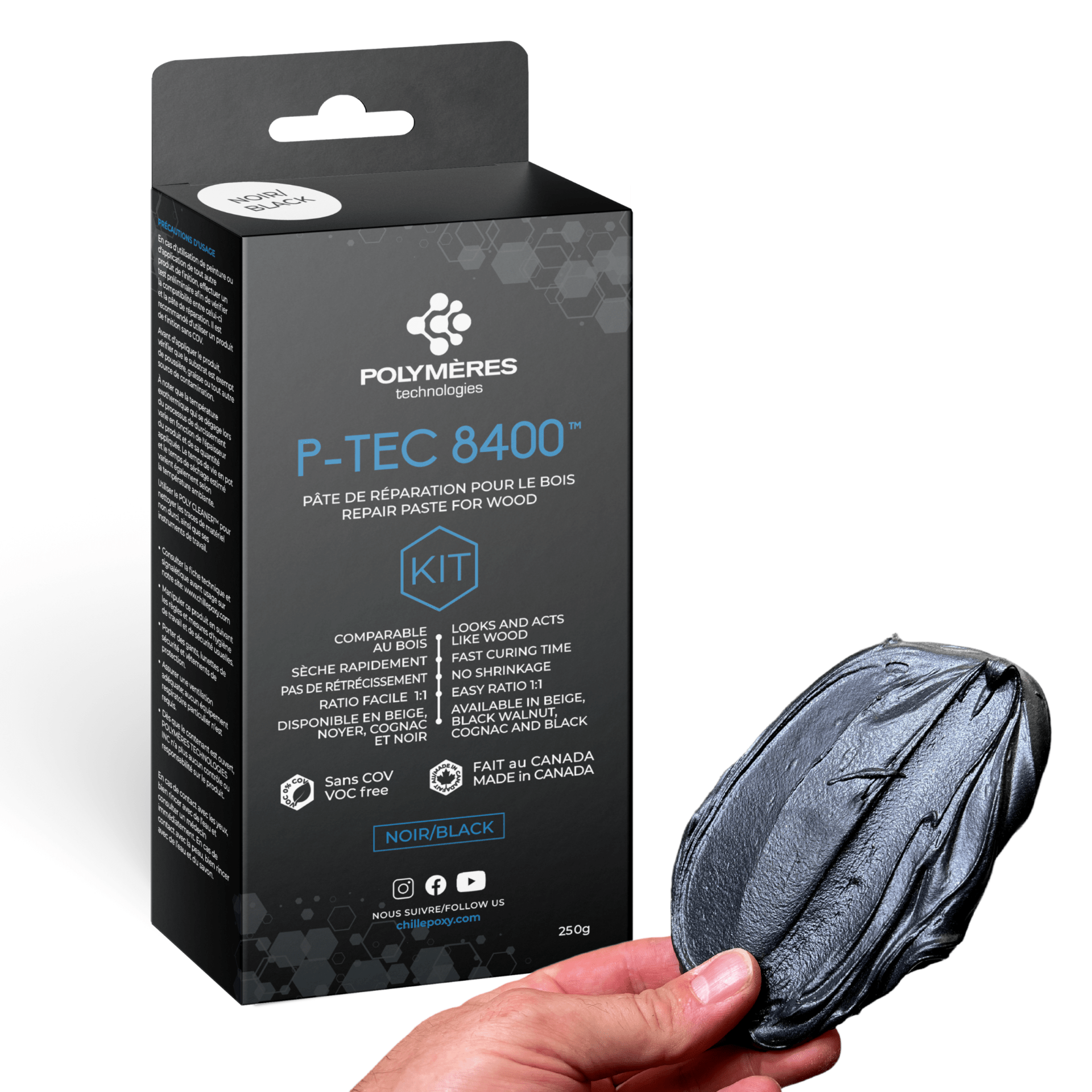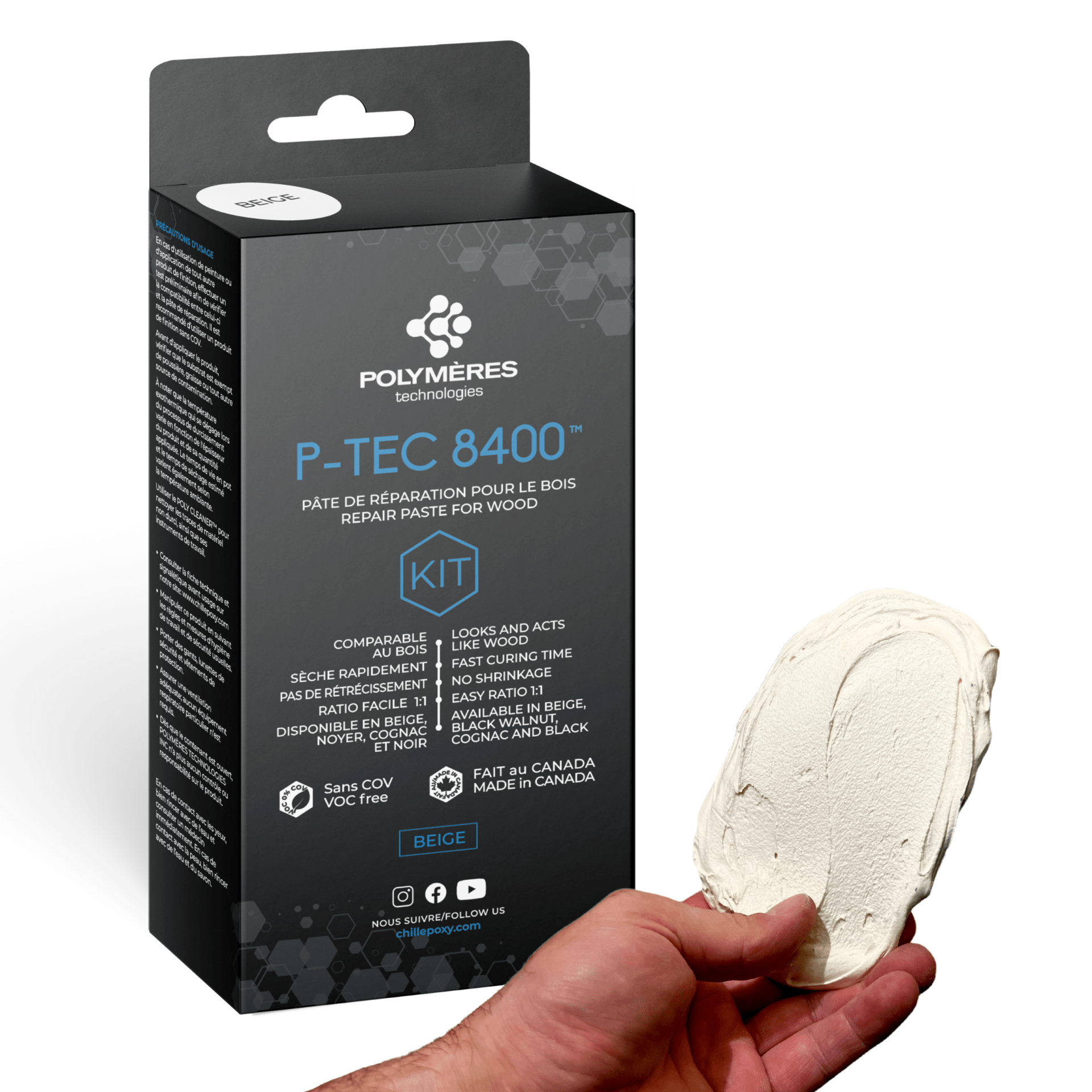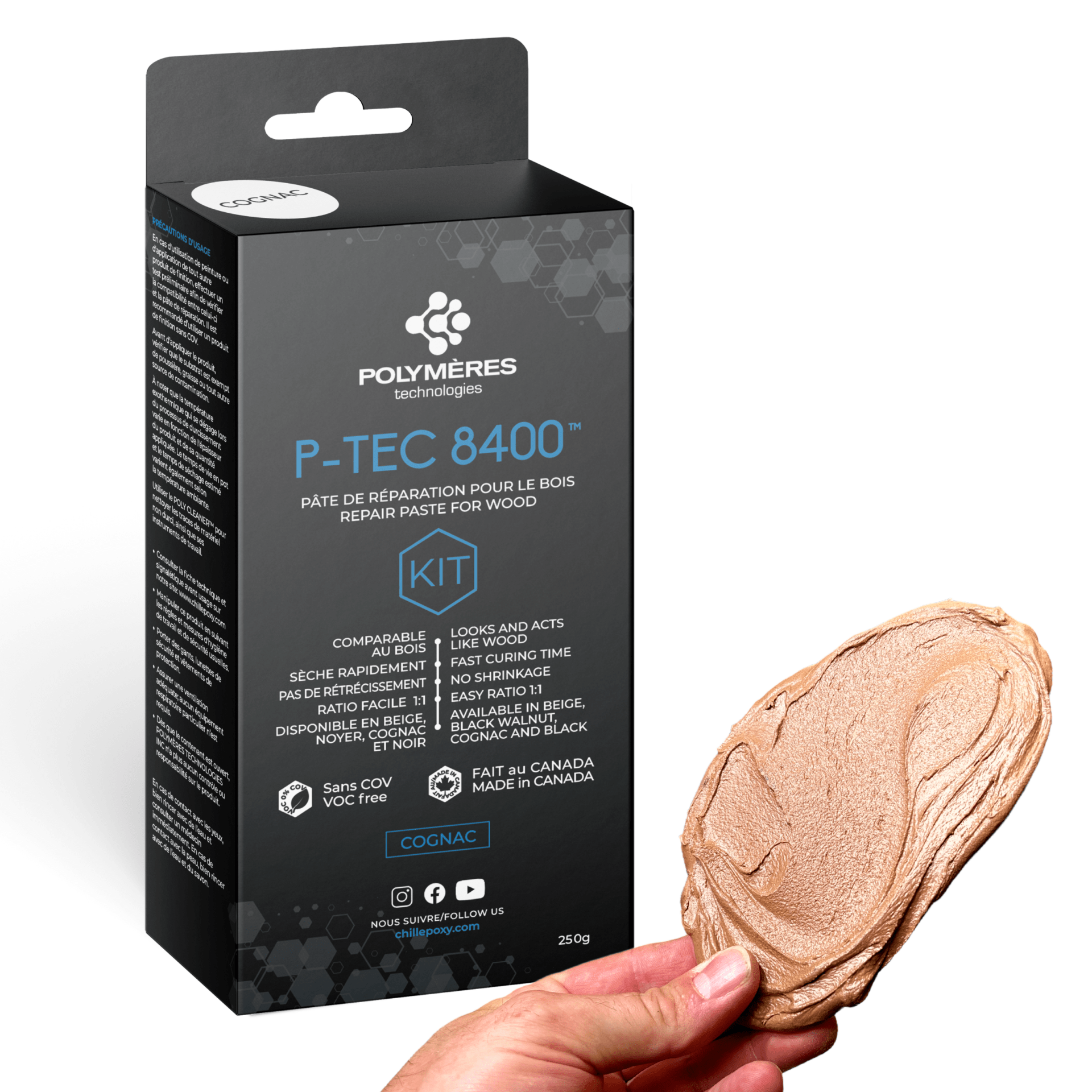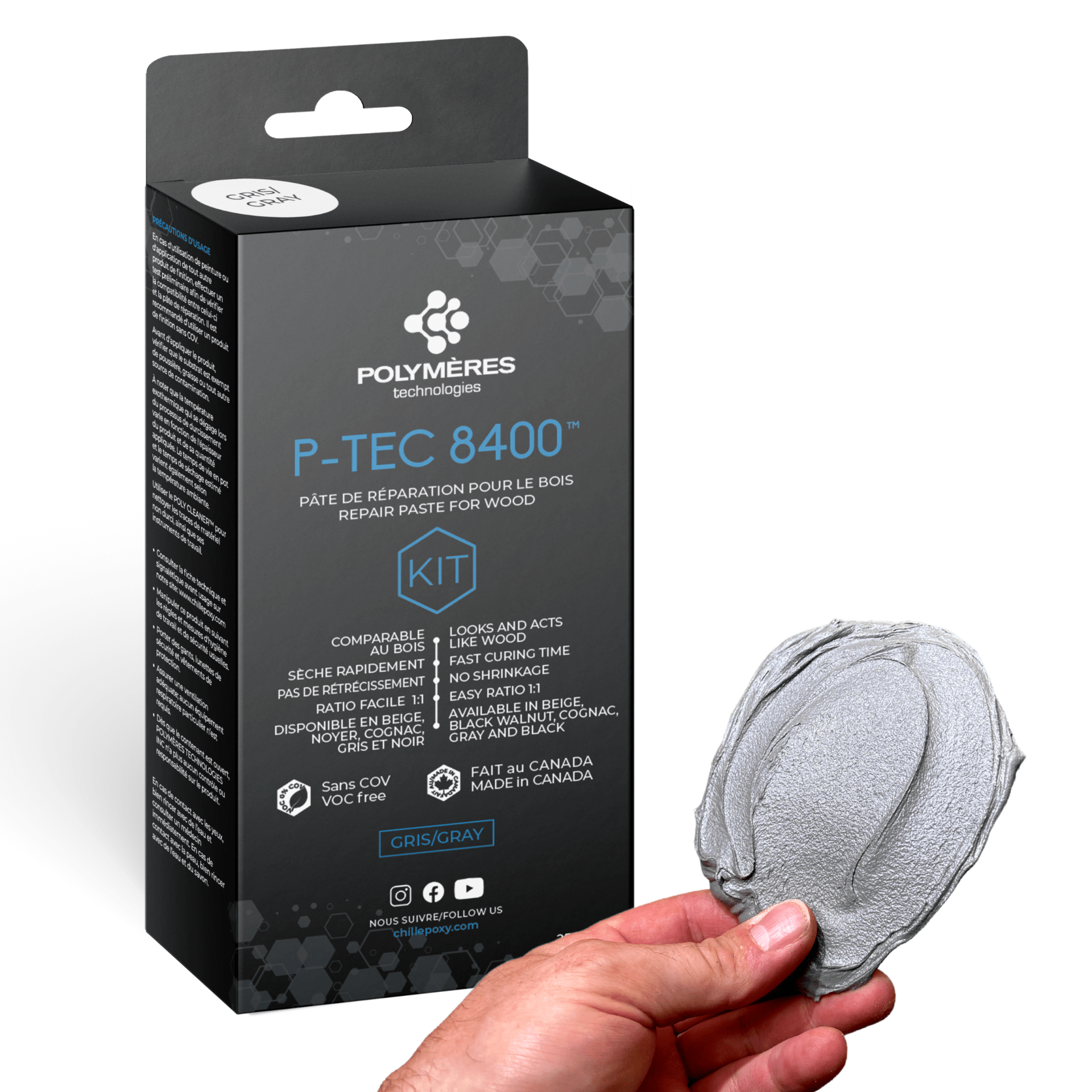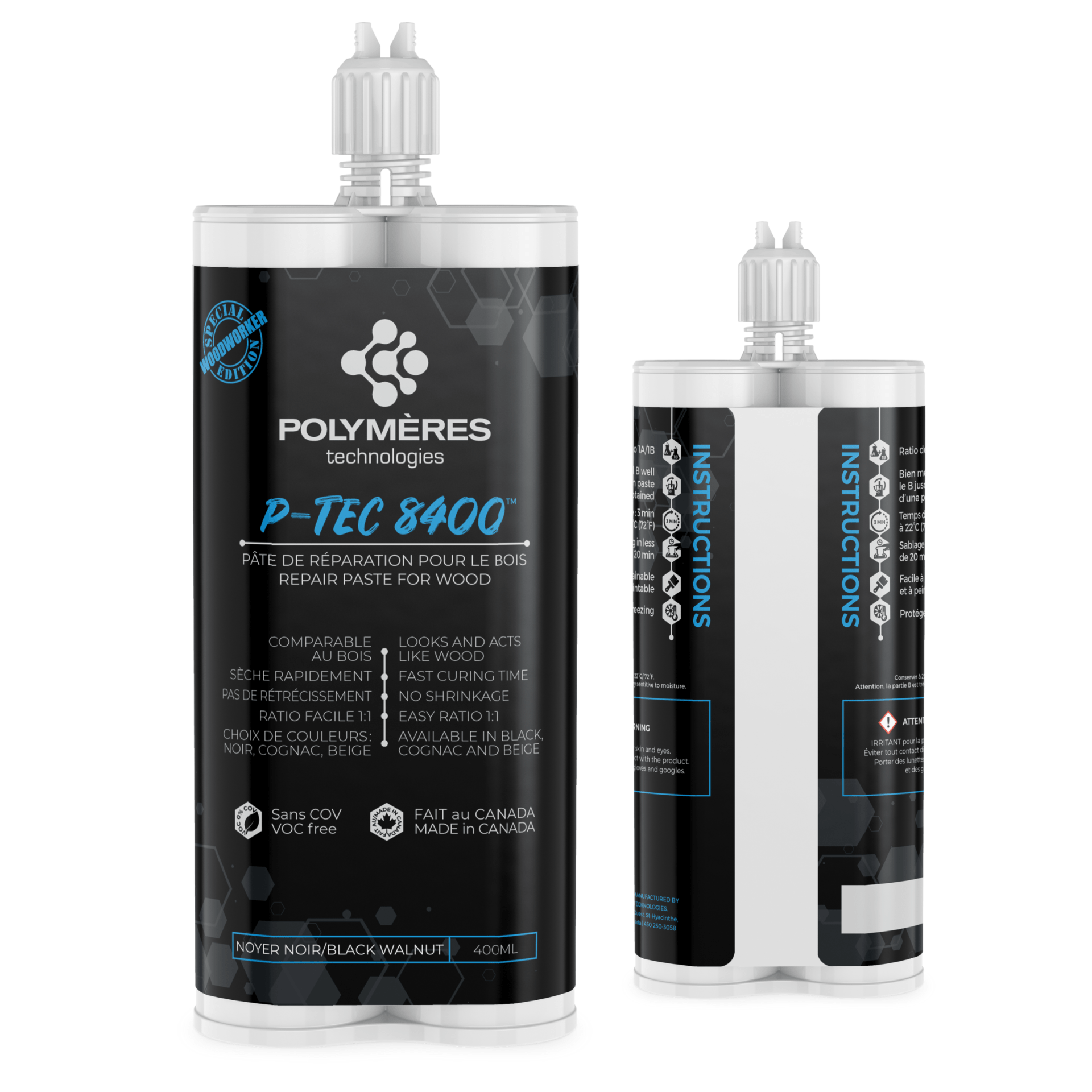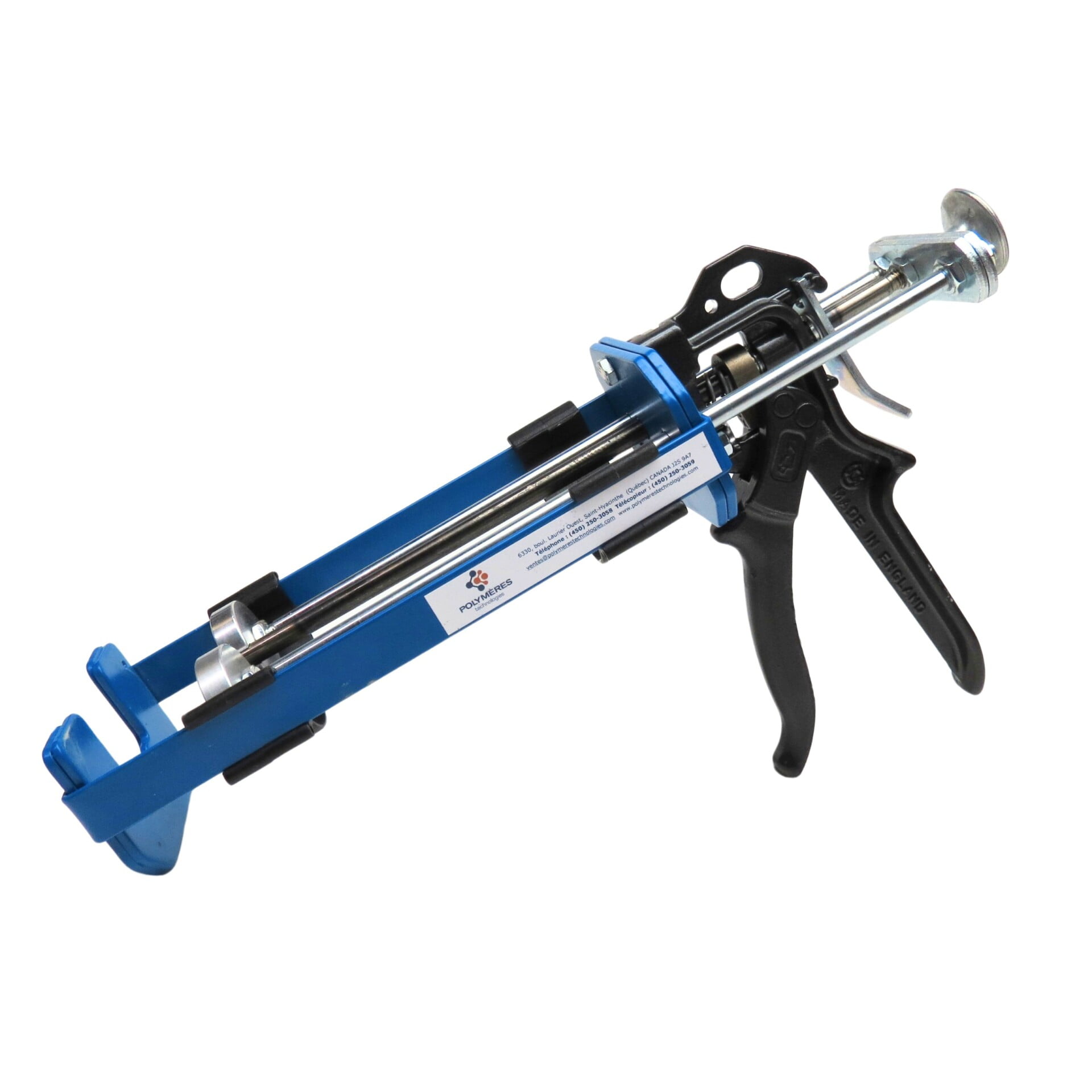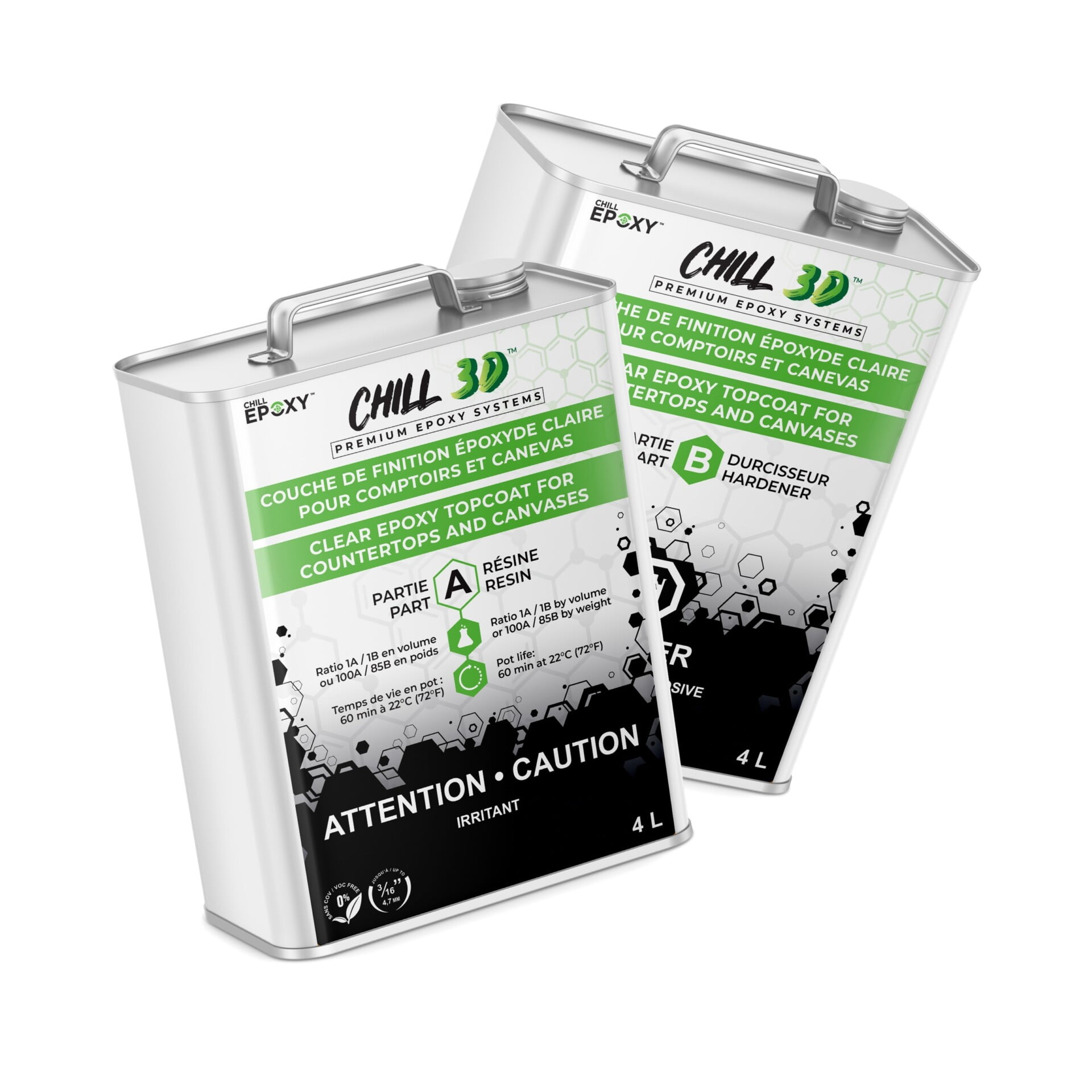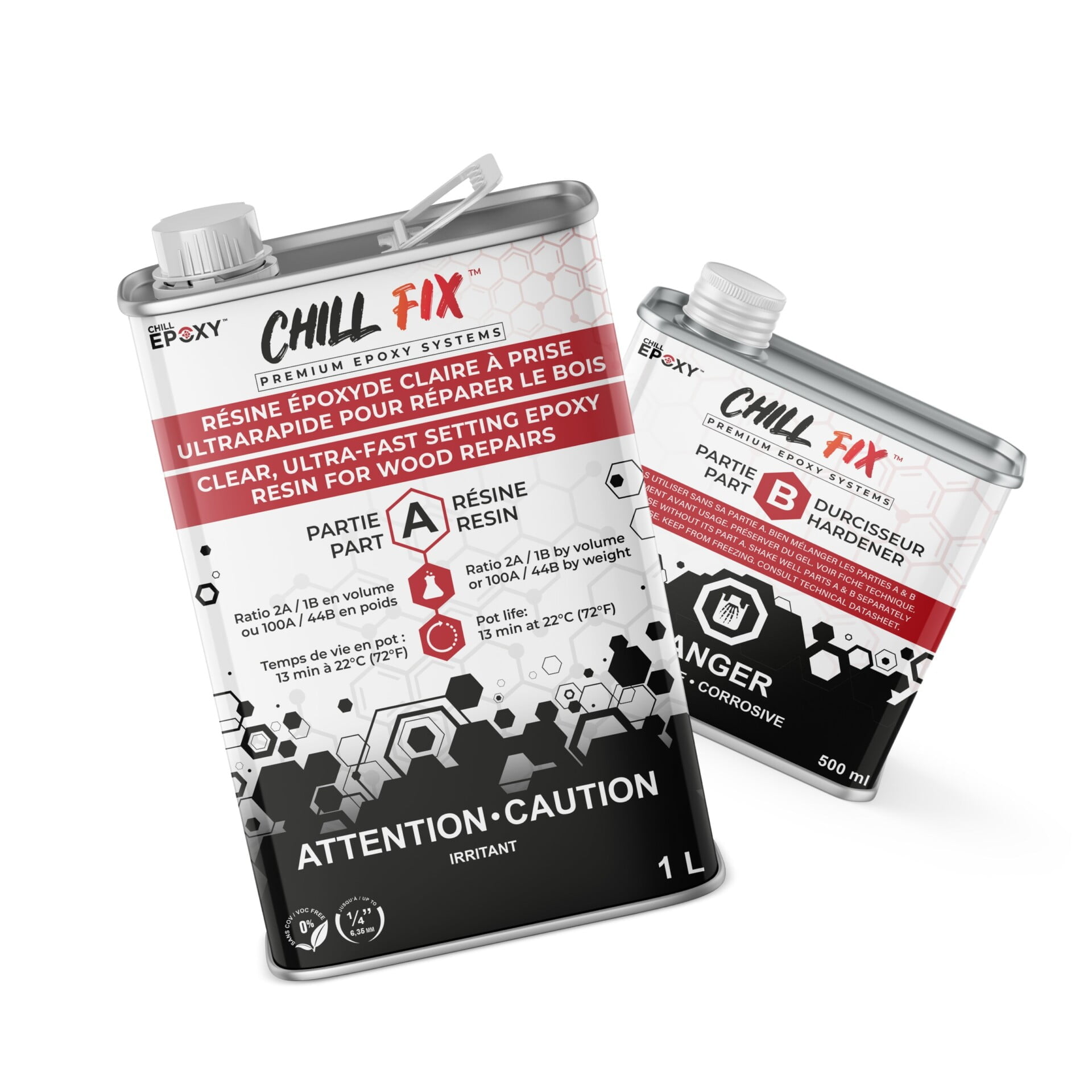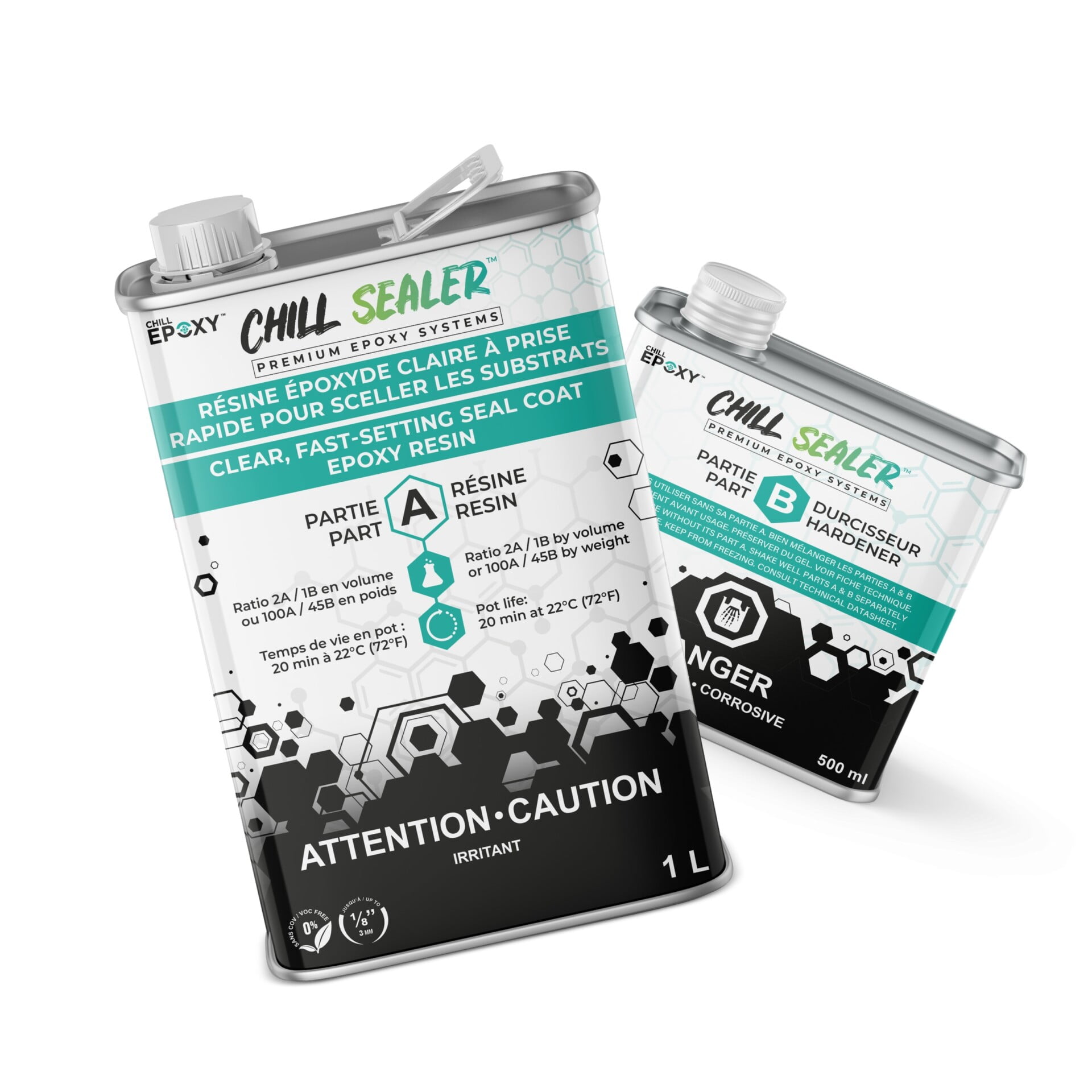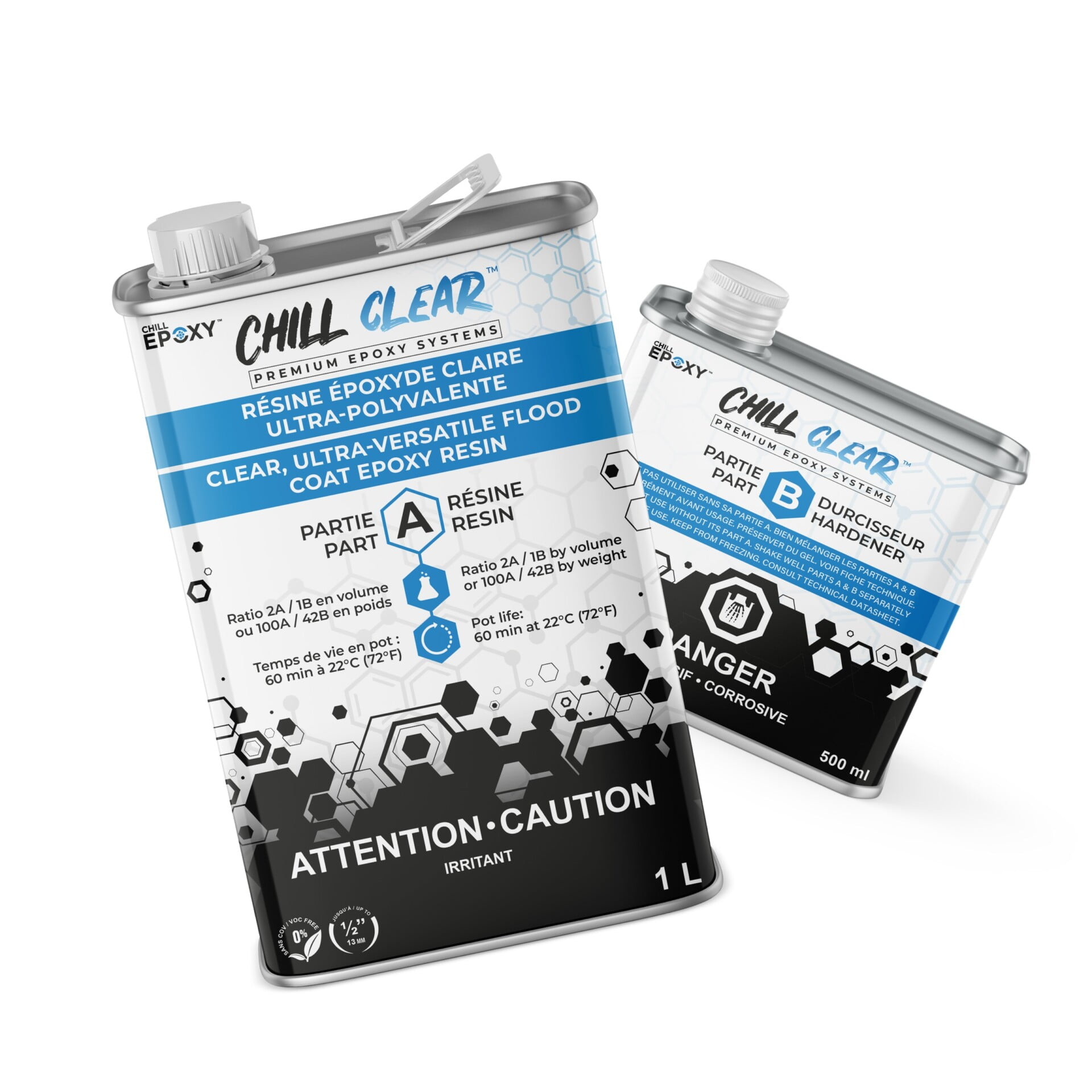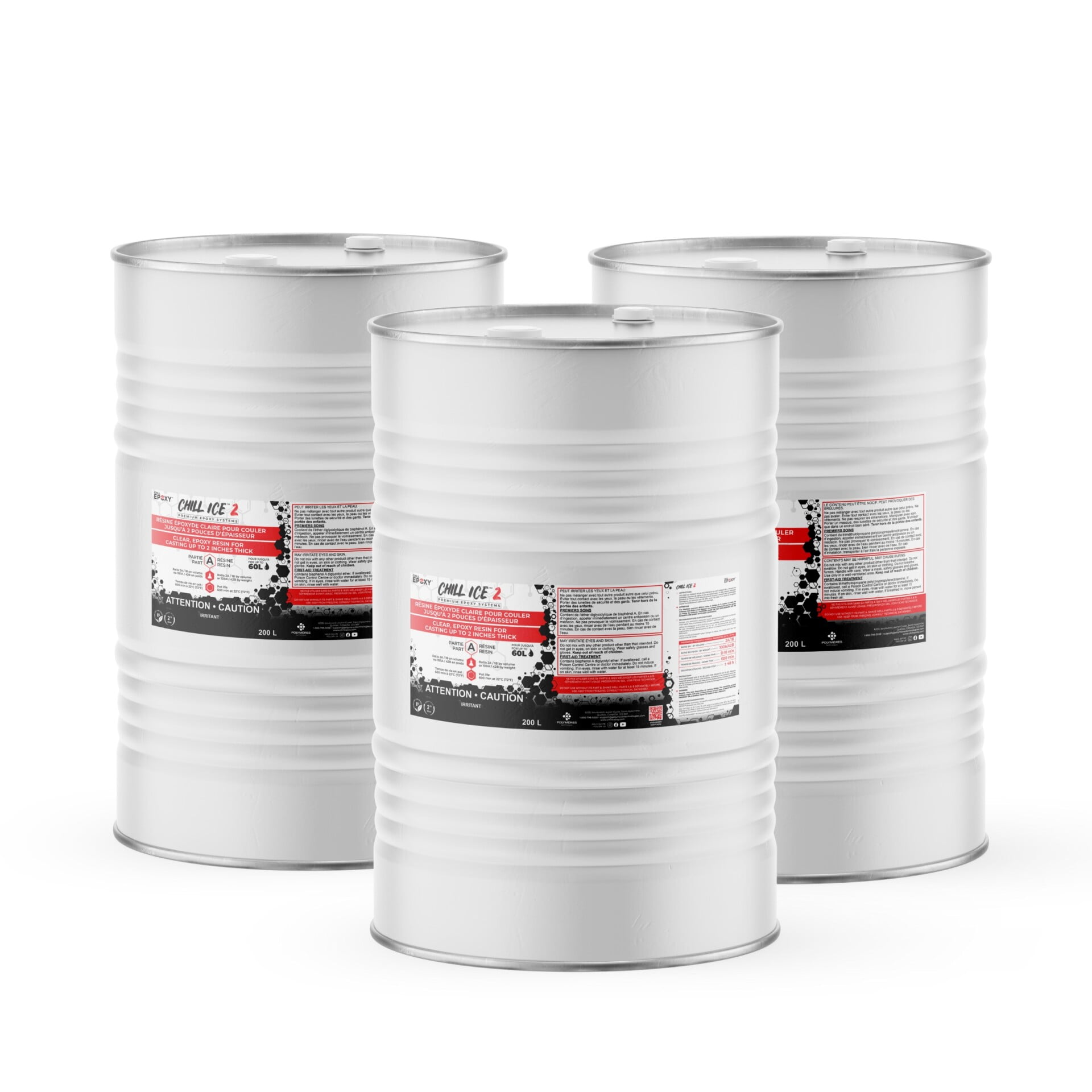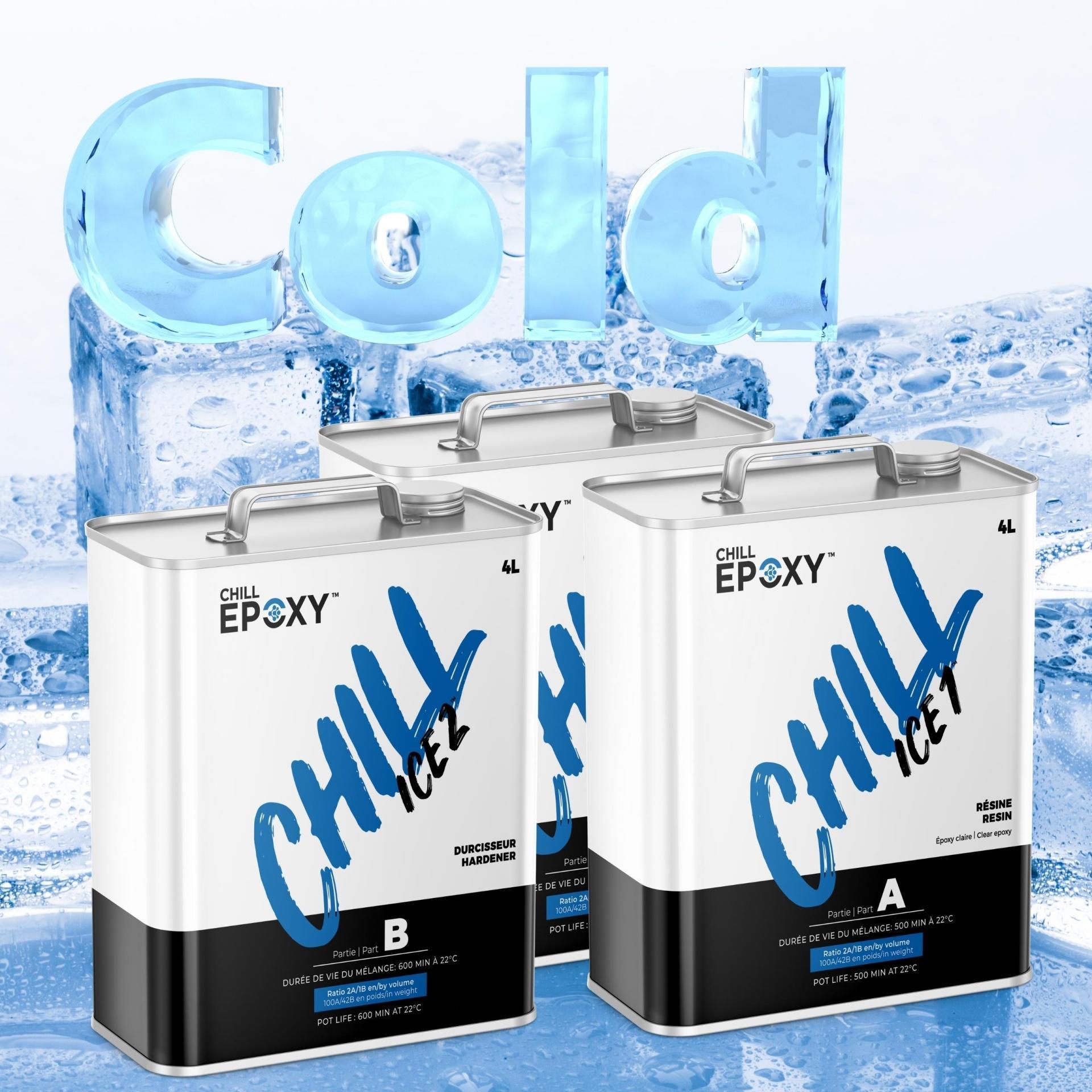Curing process, FAQ
The Effects of Cold Temperatures on Epoxy Resin
The Effects of Cold Temperatures on Epoxy Resin
Epoxy resin is a versatile and durable material that is commonly used in a wide range of industrial and commercial applications. However, like many other materials, epoxy resin can be affected by cold temperatures. In this blog post, we will explore the impact of cold temperatures on epoxy resin and discuss ways to minimize these effects.
One of the main ways that cold temperatures can impact epoxy resin is by slowing down the curing process. Epoxy resin typically cures through a chemical reaction between the resin and a hardener. When the temperature is cold, this reaction can occur at a slower rate, leading to longer cure times. This can be a problem for applications where a fast cure time is important, such as in the construction or repair of a structure.
To minimize the effects of cold temperatures on epoxy resin, it is important to follow proper storage and handling guidelines. Epoxy resin should be stored in a cool, dry place, away from direct sunlight and extreme temperatures. The ideal storage temperature for epoxy resin is between 68-74°F. If the material has been exposed to cold temperatures, it should be allowed to warm up to room temperature before use.
It’s also important to use proper mixing and application techniques to ensure that the epoxy resin is fully cured. This will help to ensure that the epoxy resin is able to maintain its strength and durability despite exposure to cold temperatures.
Colder temperatures can increase the viscosity of both Part A (the resin) and Part B (the hardener) of epoxy resin. Viscosity is a measure of a liquid’s resistance to flow. As the temperature drops, the molecules in the liquid (in this case, the epoxy resin) become less mobile, which makes the liquid thicker and more resistant to flow.
The increase in viscosity can make it more difficult to mix and measure the proper proportions of Part A and Part B for the epoxy resin. It can also make it harder to apply the epoxy resin to a surface, as the thicker consistency can make it more challenging to spread the material evenly.
It’s important to note that the degree of viscosity increase may vary depending on the type of epoxy resin and the specific application. Some epoxy resins are formulated to have a lower viscosity at lower temperatures, while others may be more sensitive to changes in temperature. It is always recommended to follow the manufacturer’s instructions regarding storage and handling of the product, as well as the recommended mixing temperature.
In summary, colder temperatures can increase the viscosity of both Part A and B of epoxy resin, making it more difficult to mix and apply the material. By controlling the temperature during the mixing process, and properly storing and handling the epoxy resin, these effects can be minimized.
Colder temperatures can also create condensation in the containers of epoxy resin. Condensation occurs when warm, humid air comes into contact with a cold surface and the water vapor in the air turns into liquid. If the containers of epoxy resin are stored in a cold environment, such as a warehouse or outdoor storage area, the containers can become cold enough for condensation to form on the inside of the containers.
When condensation forms inside the containers, it can cause several problems. The most obvious problem is that the liquid can mix with the epoxy resin, diluting its strength and reducing its effectiveness. Additionally, the condensation can cause the epoxy resin to become contaminated with water, which can cause the material to cure improperly or not at all.
It’s important to store the containers in a warm, dry place, away from direct sunlight and extreme temperatures. The ideal storage temperature for epoxy resin is between 68-74°F.
It’s also important to inspect the containers before use, to ensure that the contents have not been compromised by condensation. If condensation is present, the containers should be discarded, and new material should be used.
Cold temperature and epoxy resin. Here are our recommendations for the use of our CHILL EPOXY™ during the winter period :
- When you receive the delivery of your products, do not use it before the resin comes back to 22°C. Based on the temperature level, it might take a few days to get back at room temperature. Generally, if the product is exposed to cold for few days, it will take few days to get back to 22°C.
- Keep the containers of resin at 22~24°C (72-74F). As you may know, if the containers are at 22°C, the resin inside the containers will be a few degrees less.
- Do not warehouse the products on a cold floor but on a shelf where air can circulate all around the containers.
- Do not also warehouse the containers near outside doors where the cold can reach the resin containers.
- Plan to use the resin few days in advance so the product will be at ambient temperature. You can also monitor the resin temperature with an infrared thermometer.
- Make sure when you are pouring your CHILL EPOXY™ products that the temperature of the pouring room will remain at all times at 22°C. Do not low down the temperature at night.
Using Fans to Cool Down Epoxy Resin
Using fans to cool down epoxy resin during the curing process is not recommended because it can cause several problems. One of the main reasons is that cooling the epoxy resin too quickly can cause the material to cure improperly. The curing process of epoxy resin is a chemical reaction that occurs between the resin and the hardener. When the temperature is lowered too quickly, the reaction can be disrupted, leading to an incomplete cure or a weaker final product.
Another reason is that the use of fans can cause the epoxy resin to cure unevenly. If the epoxy resin is being cooled by fans, the material closest to the fan will cool faster than the material farther away. This can lead to an uneven cure, with some areas of the epoxy resin being harder and more durable than others.
Finally, using fans to cool epoxy resin can also cause the material to become brittle. As the temperature drops, the molecules in the epoxy resin become less mobile, which can lead to a decrease in the material’s flexibility and an increase in its susceptibility to cracking or breaking.
It’s recommended to follow the manufacturer’s instructions regarding the recommended curing temperature and time, and to avoid exposing epoxy resin to cold temperatures or drafts during the curing process. If the curing process takes place in a cold environment, it’s best to use heat sources to keep the temperature within the recommended range.
Using fans to blow cold air on epoxy resin during the curing process can cause the retraction of the epoxy resin. Retraction is the process by which the epoxy resin shrinks away from the edges to which it is poured in. This can happen when the epoxy resin is cooled too quickly, causing the material to contract and pull away from the mold.
Retraction can cause several problems, such as creating gaps or voids in the final product, affecting the adhesion of the epoxy resin to the surface and weakening the final product. It can also cause the epoxy resin to cure unevenly, with some areas being thicker than others.
Another potential issue that arises is the formation of air bubbles, which can be caused by the movement of air created by the fan, these bubbles can be trapped inside the epoxy resin and weaken the final product.
It’s important to avoid exposing epoxy resin to cold temperatures or drafts during the curing process, as well as avoiding the use of fans, to minimize the risk of retraction. It’s recommended to follow the manufacturer’s instructions regarding the recommended curing temperature and time, and to use heat sources like heat lamps or heating blankets, to keep the temperature within the recommended range.
If you follow these parameters, your CHILL EPOXY™ products will act as dictated on the technical data sheet. All typical and physical properties will be reached (if naturally, you mixing ratio is precise and you A/B mix is totally homogenous) and you will be successful in your projects.
A lot of people are trying to modify the polymerization structure of an epoxy system by many ways such as fans, heat sink and air conditioning. If you have to do that, you are not using the appropriate product. Make sure to communicate with us for any required recommendations on the CHILL EPOXY™ to use for your projects. With CHILL EPOXY™ products, no babysitting, just pour and let it go.
In conclusion, cold temperatures can have a significant impact on epoxy resin, affecting its curing process, crystallization, viscosity, and can lead to condensation inside the containers. Low temperatures can slow down the curing process, making the material more brittle, less optimal final product, and weaker, less durable material. The increase in viscosity can make it more difficult to mix and apply the epoxy resin. The condensation inside the containers can cause the material to become diluted, contaminated or cure improperly.
It’s important to follow proper storage and handling guidelines, and using proper mixing and application techniques to ensure that the epoxy resin is able to maintain its strength and durability despite exposure to cold temperatures. It’s recommended to store the containers in a warm, dry place, away from direct sunlight and extreme temperatures, and to inspect the containers before use, to ensure that the contents have not been compromised by condensation. By controlling the temperature during the curing process and properly storing and handling the epoxy resin, these effects can be minimized.
Thank you for reading this text and learning about the impact of cold temperatures on epoxy resin. We hope that this information was helpful and informative. If you have any further questions or need additional guidance, please don’t hesitate to contact us. We are always happy to help and provide any additional information or assistance you may need. Thank you again for your interest and we look forward to hearing from you soon.


